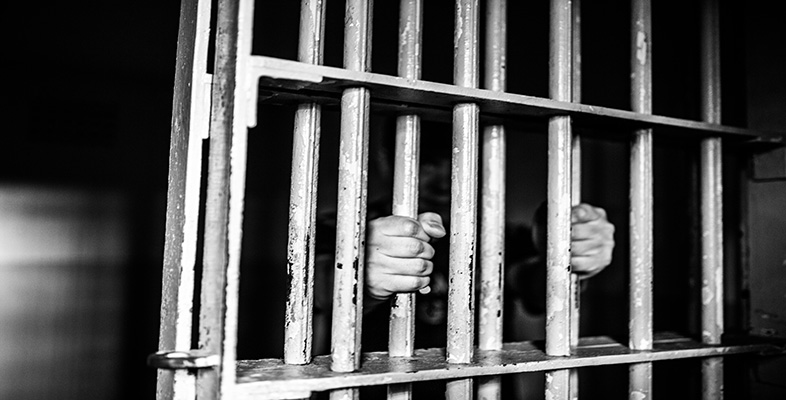Key features of critical criminology
The following box identifies some of the key characteristics of critical criminological perspectives.
Key features of critical criminology
- Human action is voluntaristic (to different degrees), rather than determined (or in some formulations, voluntary in determining contexts).
- Social order is pluralistic or conflictual, rather than consensual.
- Some critical theories draw on Marxist analysis and begin from the premise that capitalist economic policies lead to immiseration, which thereby create conditions in which turning to crime becomes a viable survival strategy.
- Criminalisation strategies are class-, race- and gender-control strategies that are consciously used to depoliticise political resistance and to control economically and politically marginalised neighbourhoods and groups.
- Moral panics about crime being out of control are used to deflect attention away from inherent structural conflicts.
- Orthodox crime control strategies are incapable of tackling the crimes of the powerful and state crimes.
- Legal categories that claim to be race/gender neutral are riddled with white, male assumptions of what constitutes normal or reasonable behaviour.
- ‘Mainstream’ criminology requires exposure as a criminology of the state.
- The criminological agenda should be expanded to include those social harms ignored or underplayed in dominant discourse, such as gendered and racialised violence, poverty, war, crimes of the powerful, environmental crime, state sanctioned violence and crimes against humanity.
Source: adapted from Muncie, J. (2004)
